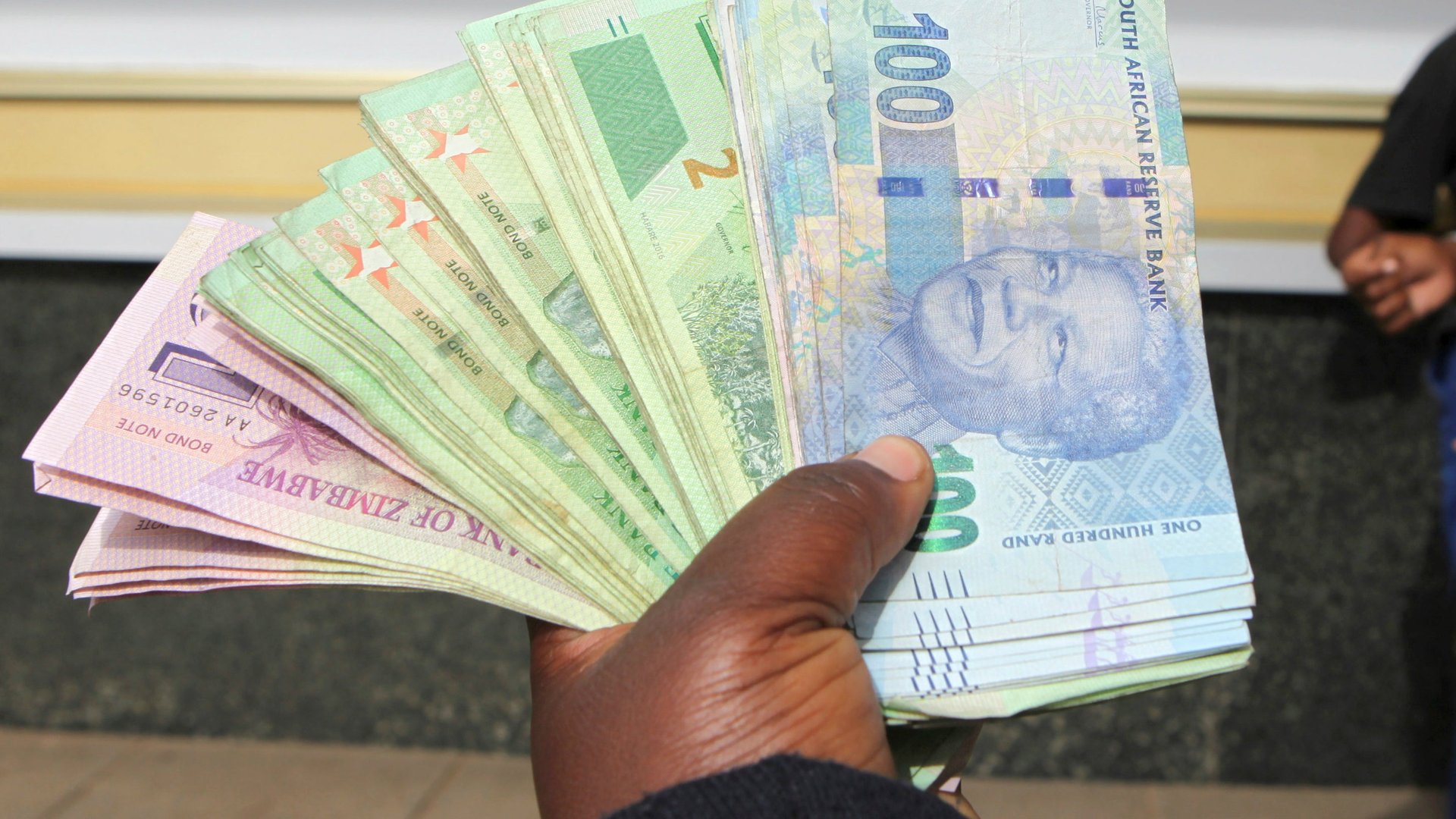Remittances to Africa cost far too much—more competition would change that
In 2018, about $40 billion will be sent to Sub-Saharan African countries from people working abroad. They will be charged exorbitantly. It doesn’t have to be this way.


In 2018, about $40 billion will be sent to Sub-Saharan African countries from people working abroad. They will be charged exorbitantly. It doesn’t have to be this way.
A recently released World Bank report shows that the cost of sending remittances to Sub-Saharan Africa continues to be far higher than any other region in the world. On average, to send $200 to and from a country in the region will cost almost $19 in the first quarter of 2018. This is more than 20% higher than the charge for a remittance to any other region. (Globally, about over $600 billion in remittances were sent in 2017.)
While average remittance costs for Sub-Saharan Africa fell dramatically from 14% in 2008 to about 10% in 2014, little progress has been made recently. The average fee cost has hovered between 9% and 10% since 2015 (pdf).
Given that these remittances make up 2.5% of the region’s GDP, there is little that could be done that would benefit more Africans than lowering these fees. Remittances are particularly important to certain countries. In Liberia, Comoros, and the Gambia, remittances make up over 20% of GDP. Even in Nigeria, Africa’s largest economy, remittances were worth 5.6% of GDP in 2017. In fact Nigeria’s oil revenues in 2017 of around $20 billion were lower than the $22 billion it received in remittances. These estimates are conservative, says the World Bank, as they don’t include remittances using informal channels.
So what can be done? Governments can make the industry get more competitive.
Regulations require money transfer operators to make sure that they are not assisting in money laundering or sending money to terrorists. The administrative costs associated with these checks may deter bad actors, but they also drive up the cost for the millions of people legally receiving money, turning many to informal markets. Making these regulations less onerous would be worth the risks—particularly for transactions of small amounts.
Another reason for the expense of remittances is that, in many countries, consumers lack choice. In many African countries, the national post office has an exclusive partnership with one money transfer operator. Since the post office is the most accessible place to collect their remittances for many people, particularly in rural areas, this means they are facing a virtual monopoly. Monopolies mean higher mark ups on such payments, and less money in the pockets of the rural poor.
One reason to be optimistic about remittance costs decreasing is the move away from cash towards digital payments. Digital transactions get rid of the need for physical agents and the costs associated with moving around large amounts of cash. As my colleague Yinka Adegoke pointed out on a recent episode of the Slate Money Podcast, new digital entrants into the Nigerian remittance market have significantly brought down costs. In the first quarter of 2018, digital transfer providers like Azimo and TransferWise offered the lowest charges on remittances from the UK to Nigeria. Their fees are smaller than any on offer ten years ago.
Some observers also hold out hope that cryptocurrencies could be bring down costs. Don’t hold your breath. Cryptocurrencies like bitcoin and ethereum are far too volatile and confusing to use for remittance senders to engage with them. It is conceivable that blockchain, the underlying technology that attempts cryptocurrencies to make reliable, could make the infrastructure for sending remittances safer and more efficient. Still, this has nothing on the less sexy, but much more important, impacts of good government policy.